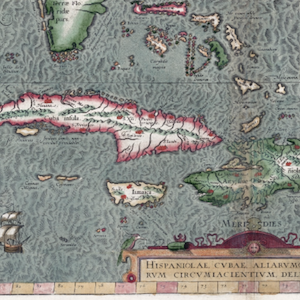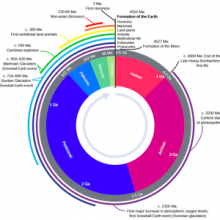Archaeology

CyArk
In order to prevent the complete loss of these sites to history, the project works by keeping records of significant sites, and sharing and displaying these places using 3D modeling.
Anchorage Museum at Rasmuson Center
This website provides links to lesson plans based on exhibits, as well as images from the museum’s collection that may not otherwise be available to visitors.UM Museum of Anthropological Archaeology Image Database
What makes this site useful is its open accessibility to see the results of archaeological digs and excavations.
Digital Giza: The Giza Project at Harvard University
The website itself has 3D reconstructions...a glossary which gives brief descriptions of people and places, terms, and acronyms... [and links to] NEH lesson plans, Egyptology videos, blogs, and other related sources.
Ruins of the Convento de San Francisco
These structures are all that remain from a convent built near the coast of modern-day Uruguay in the 1690s. It is located in Colonia del Sacramento, a city that switched back and forth from Spanish rule to Portuguese rule several times during the seventeenth through the nineteenth centuries.

Digital Library of the Caribbean
Educators, students, and scholars interested in understanding the strategic conflicts between European powers, the experience of Africans during the transatlantic slave trade, the emergence of the modern capitalist system, and the rise of neoliberalism would find in dLOC a wealth of content to draw
Primer: Big History
Big History is an approach to world history that takes as its subject the story of the whole of the Universe, from its creation, 13.8 billion years ago, in the Big Bang.

Salisbury Crags
Before about 1800, most people in the Christian world assumed that the earth was just a few thousand years old. But growing interest in fossils and strange geological formations made some people think the earth must actually be much older.

History of the Earth in a Cycle
Our sense of time has been extended into the deep past in the last two centuries or so, and particularly since the 1950s, when Willard Libby showed that you could use the breakdown of radioactive molecules such as Carbon-14 to date events thousands of years before there were any written documents
